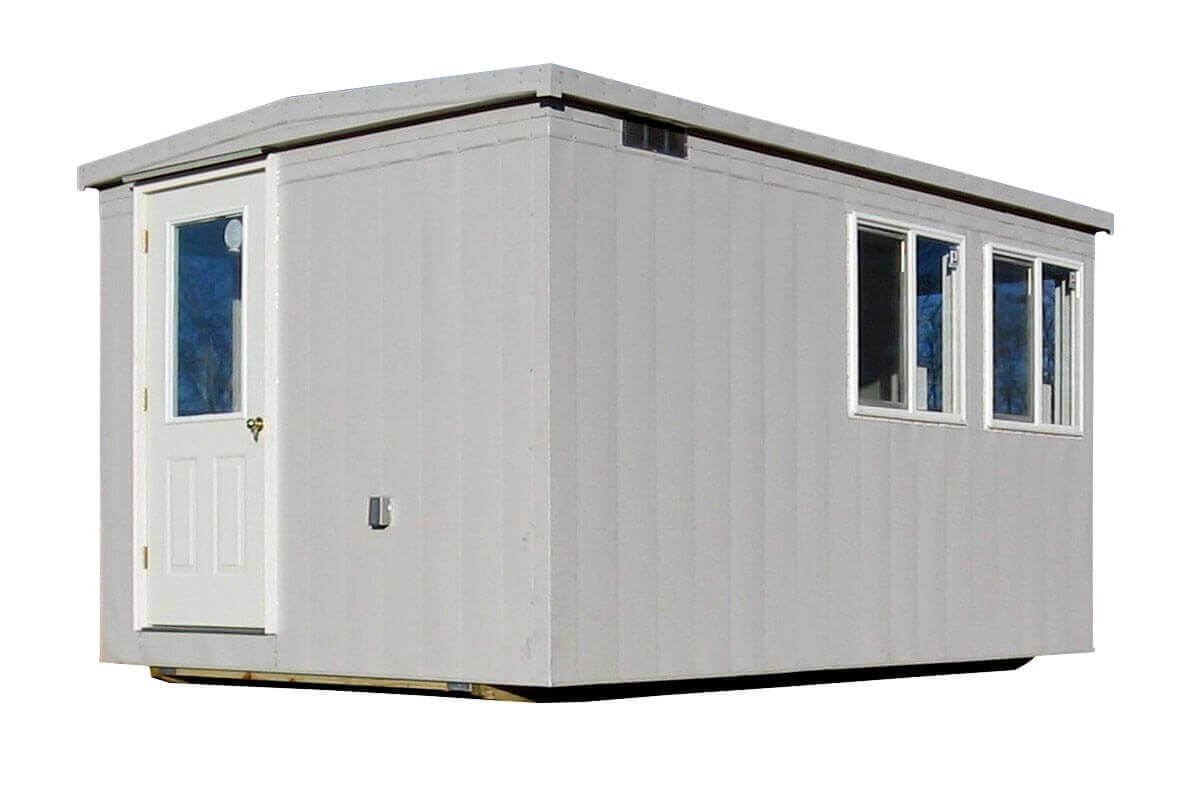The Role of Guard Buildings in Modern Security Management
In today’s increasingly complex security landscape, businesses, institutions, and public spaces face multifunctional challenges that require robust and innovative solutions. One such solution that continues to play a vital role in modern security management is the guard building. These structures serve as central hubs for security personnel and operations, significantly enhancing organizational safety and efficiency. In this blog, we will explore the role of guard buildings in modern security management, delving into their importance, functionalities, and the trends shaping their evolution.
Understanding Guard Buildings
Guard buildings, often referred to as security offices or guardhouses, are dedicated structures designed to house security personnel and equipment. These buildings serve as operational centers where guards can monitor activities, manage emergencies, and facilitate communication between various security systems. Their strategic placement at access points enhances security and provides a visible presence that deters unauthorized access and criminal activity.
Enhanced Security Monitoring
One of the primary roles of guard buildings is to facilitate effective security monitoring. Equipped with surveillance technology, guard buildings can provide a centralized location for security personnel to oversee video feeds from cameras placed throughout the facility or surrounding area. This step is crucial for:
Incident Detection: Having guards present in a dedicated space allows them to quickly detect suspicious activities or emergencies, responding immediately to prevent or mitigate potential threats.
Access Control: Guard buildings typically feature checkpoints, where security personnel check identification and credentials before granting access to restricted areas. This process enhances control over who enters and exits the premises.
Data Management: Modern guard buildings are often equipped with the latest software for incident reporting and analysis, making it easier for security teams to document occurrences and review them for future reference.
Improved Coordination and Response
Guard buildings serve as coordination centers during emergencies or security incidents. In crises, effective communication is essential. Guard buildings enable:
Centralized Command: Security personnel inside guard buildings can coordinate with first responders, emergency services, and other stakeholders to create a robust response plan.
Efficient Resource Management: With a clear view of the operational environment, guards can deploy resources where needed most, whether they are criminals, fires, or medical emergencies.
Real-time Decision Making: The centralization of information in guard buildings allows personnel to make informed decisions quickly, significantly improving the response time during high-stress situations.
Promoting a Visible Security Presence
The physical presence of a guard building can serve as a powerful deterrent against crime. Visibility is a crucial deterrent factor that influences potential intruders. A well-placed guard building can:
Discourage Unwanted Behavior: The sight of security personnel in a guard building sends a clear message that vigilance is high, reducing the likelihood of criminal activity.
Enhance Perceptions of Safety: For employees and visitors, knowing that security personnel are readily accessible boosts the sense of safety within a facility or public space. This positive perception can be crucial for businesses that depend on customer trust and satisfaction.
Adaptability to Various Environments
Guard buildings are versatile structures that can be tailored to fit the specific needs of different environments. Whether used in corporate settings, educational institutions, industrial complexes, or public facilities, they can be designed and constructed with various features, including:
Custom Layouts: Depending on the security requirements, guard buildings can have different layouts, including reception areas, monitoring rooms, and break spaces for security personnel.
Integrated Technology: Guard buildings can be equipped with advanced security features such as biometric access controls, alarm systems, and automated alerts to ensure that they meet ever-evolving security standards.
Environmentally Friendly Designs: With a growing emphasis on sustainability, many guard buildings are now being designed to meet green building standards, incorporating energy-efficient materials and technologies.
Training and Personnel Welfare
Modern security management extends beyond active monitoring to include staff training and welfare. Guard buildings can serve as training facilities where personnel are equipped with the skills necessary to handle security challenges. This training can cover crucial areas such as:
Crisis Management: Practicing responses for various threats helps prepare guards for real-world scenarios.
Technology Familiarization: Training personnel to use the latest technology effectively ensures that they maximize the tools at their disposal.
Health and Safety Protocols: Ensuring the well-being of security personnel through training on health and safety procedures creates a safer work environment and contributes to staff morale.
Future Trends in Guard Building Design
As security needs continue to evolve, so too do guard buildings. Emerging trends in guard building design and functionality include:
Smart Technology Integration: The emergence of the Internet of Things (IoT) is transforming guard buildings. Technologies that automate processes, provide data analytics, and enhance communication improve overall security management.
Mobile and Modular Designs: The growth of modular guard buildings enables rapid deployment in response to specific needs, whether temporary or permanent.
Heightened Focus on Mental Health: There is a growing awareness of mental health within security professions. Guard buildings can incorporate wellness areas that promote mental health and relaxation for security personnel.
Guard buildings have become integral to modern security management, enhancing surveillance, facilitating effective communication and coordination, and providing a visible security presence. As security challenges evolve, so too will the design and functionality of guard buildings. With their adaptability, emphasis on personnel welfare, and integration of cutting-edge technology, guard buildings are poised to remain a cornerstone of effective security strategy across industries. Investing in a well-designed and strategically placed guard building will not only state a commitment to safety but also enhance the overall effectiveness of an organization’s security management.



.png)
Comments
Post a Comment